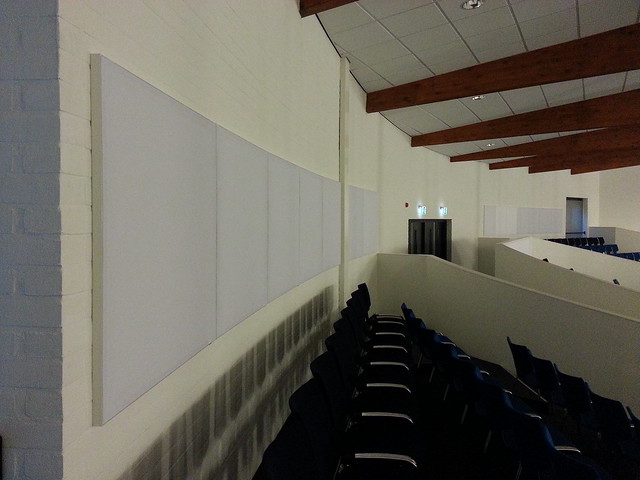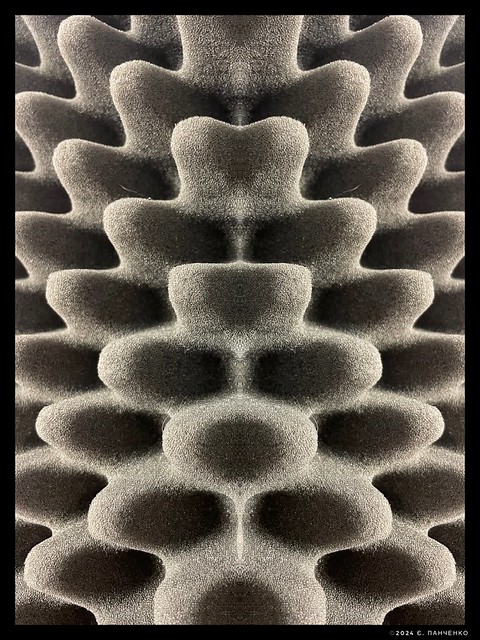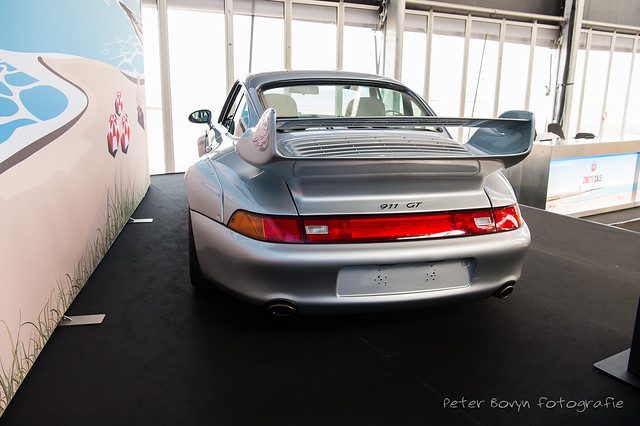Metal Forming Machine
The pieces of equipment in an industrial baking line that give shape to the dough before it goes into the oven are called forming equipment. The same principle applies to metal forming.
At room temperature, the metal coil or sheet enters the machine and is powered through a series of roller stations that bend the metal into its final form. The finished product requires minimal finishing work.
Sheet Metal
Sheet metal is a flexible material that can be formed, cut and bent into many different shapes. It is a cost-effective choice for manufacturers that need to produce components that require multiple bends, curves and angles. It can also be joined using various methods including welding or riveting.
The fabrication process for a sheet of metal begins with product designers creating detailed drawings or 3D models. Computer-aided design (CAD) software helps to make these designs more accurate and easier to translate into production-ready 2D images. These designs are then used to select the appropriate materials and thicknesses.
Once the sheet metal has been selected it can be cut using shearing, laser cutting and other techniques. Lasers are preferred for their granular control, speed and ability to adhere to pre-programmed cutting blueprints. They can also create holes in the metal, such as flanges and seams using punching.
Rolling is another forming technique that uses roller dies to bend the sheet metal into different profiles. These can be open or closed, and are often symmetrical. Other forms that can be produced include expanding, hemming and spinning.
These processes leverage acute pressure on the sheet metal causing it to stretch and transform into its new shape. They are particularly well-suited for metals such as aluminum, brass and low alloy steel. They are often used to create complex, symmetrical parts such as rocket motor casings and satellite dishes.
Wire or Rod
A rod is a solid three dimensional (3D) long object that is usually metal and has a hexagonal or rectangular cross section. It is used for structural applications like building frames, reinforcements, and bridges and can be made out of a variety of materials including steel and aluminium.
The manufacturing process of making rods involves running them through dies until they have the dimensions and diameters that the manufacturers require. This requires a lot of force, which can cause the metal to stretch or break if it’s not done correctly. The key factor in Forming Machine this process is ductility, which is the ability of the material to bend and stretch without breaking. This can be seen in the fact that a rod has much less stretch than a cable of the same size.
For the steel wire to pass through the forming machine, it must be free of defects. Some of these defects include laps, fins, roughness, rolled in scale, shearing, and scratches. These can all be detected by visual inspection and can be corrected by correct mill adjustments and improved guiding, pass design, and section control.
Roughness on the rod surface is a continuously recurring pattern of irregular depressions and elevations. This can be caused by severe roll groove wear during the final forming stages and also by cooling the steel too rapidly. It can also occur if the rod is stored in a damp or corrosive environment.
Tubes
A metal tube forming machine allows fabricators to create a wide variety of shaped tubes for many different applications and industries. Some examples include automotive, to produce structural components, cooling systems and more; industrial manufacturing to make piping and automation equipment; and medical, for use in devices like glass capillary tubes and epidural needles.
A tube bending machine can handle a wide range of processes such as hot or cold bending, crushing or punching, flanging and cutting to name just a few. The specific process used depends on the fabrication need, such as whether the tubing needs to be expanded, reduced, reshaped or a combination of all of the above.
Crush bending, for example, is a form of tube bending that eliminates the need for a mandrel. A crush knob located in the bend die compresses the tube against the inside of the die to help eliminate wrinkling or buckling during bending. It also helps achieve tighter bends than would be possible with a full radius, non-crush bent tube.
A ram end former is another form of tubing forming that applies an axial force to induce material deformation on the unsupported tube end. This type of forming typically requires special tooling and can be done with a series of steps. For Forming Machine factory example, a single ram may expand the tube end before two more rams compress it to produce a bead.
Other Metals
Non-ferrous metals, such as aluminium or titanium, have different properties than steel and may be better suited for certain applications. All metals have unique physical and chemical properties that make them valuable to society, but their suitability depends on the intended use. They can be shaped into valves, fittings, hand tools, musical instruments and even airframes. Metals can also be combined with other elements to form alloys that have different properties than the individual metals. For instance, iron is forged with carbon, vanadium, nickel or chromium to create different grades of steel; copper and zinc are combined to produce brass and bronze.
Unlike press braking or stamping, where the material is held between two punches and dies under high pressure to shape it, extrusion forces the metal workpiece through a tool with the desired cross-section. This process works well for metals that cannot be shaped using other methods, such as the exterior panels on commercial aircraft or the main structural support spar for large transport planes.
Another specialized form of metal forming is cold forming, which involves bending the metal without heating it. This is a common manufacturing process that produces parts for many different industries, including automotive, aircraft, shipbuilding and electronics production. Cold forming is often used to produce complex metal structures and can be performed with a Forming Machine.



